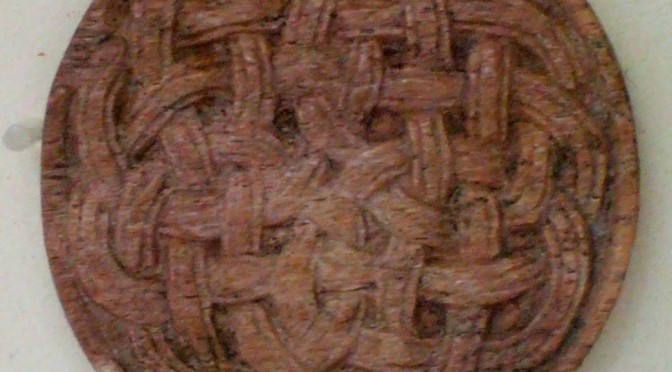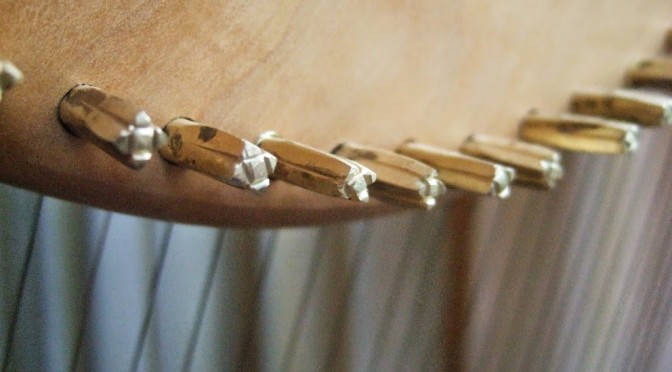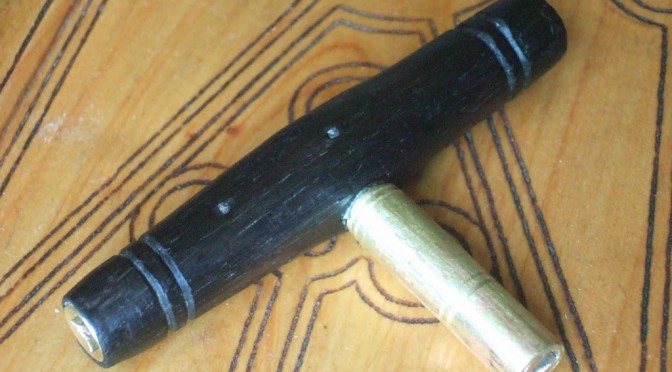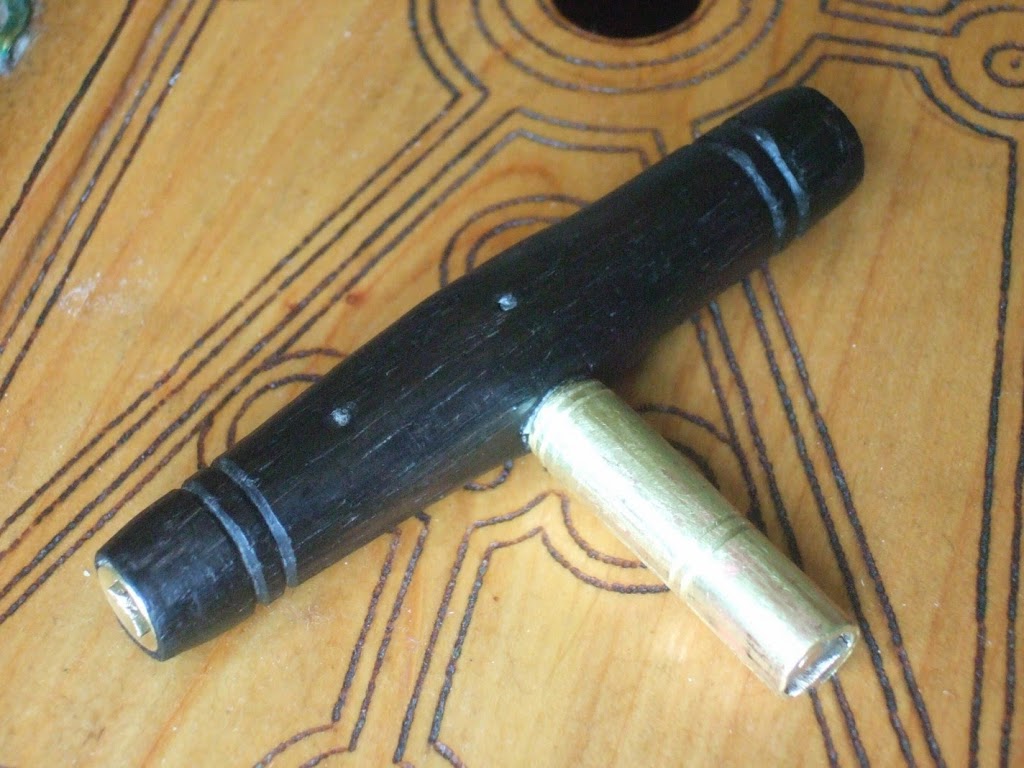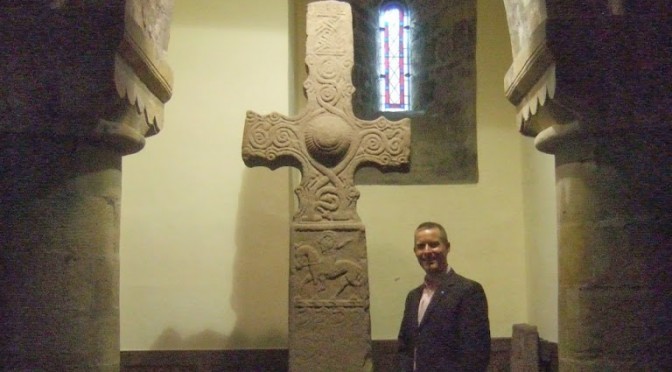In the world of early harps there is quite a bit of interest in “the medieval harp” as can be seen in early medieval miniature paintings in psalter manuscripts.
These images are part of a wide tradition of showing David seated with a stringed instrument. An interesting paper by Helen Roe (“The David Cycle”, JRSAI 79, 1949) points out the long visual heritage of this image as a symbol, from orpheus playing the lyre whilst seated on a leopard – the lyre gradually changes into a harp while the leopard morphs into the chair. This kind of long-standing symbol tradition should instantly caution us that we are not looking at photo-realistic depictions of the everyday world, much less technical blueprints showing the physical structure of real-world objects!
More specifically, the versions showing David’s instrument as a triangular frame harp with a straight neck are fairly specific to the British Isles in the 10th and 11th century, from the “Pictish” stone carvings in the East of Scotland to the late Anglo-Saxon manuscript paintings. After the 12th century the necks of the harps drawn in these images start to bend downwards to give us the normal “romanesque harp” shape of high medieval art, similar in broad outline to the surviving medieval Gaelic harps.
Supposing that the straight-necked triangular frame harp of the Pictish stones and the Anglo-Saxon manuscripts does actually represent a type of real-world musical instrument, back in 2000-2001 I made a little harp with 12 strings, based on the painting of King David with his musicians in the 11th century Winchcombe Psalter.
There are many serious organological problems with this kind of approach, not least that it is necessary to basically design a new musical instrument based on modern design and construction principles, using the old depiction merely as a guide to outline and proportion. The harp in the Winchcombe Psalter seems fairly large compared to David, though the proportions of the scene generally are not too life-like, and yet it has only 12 strings. In 2000 I saw three possible solutions – make it big with 12 strings, make it big with perhaps 21 strings, make it small with 12 strings. In the end I chose the last of those options. I’m not sure that was the best idea but on the other hand I’m not sure there is a satisfactory solution to dealing with this type of work. When you make any decision like that you close off possibilities and drive the interpretation in one specific direction which may be accidentally correct but is more likely to be innocently wrong.
Anyway I fitted thick rope-twisted white horsehair strings on the harp – you can see and hear it in this state on its original web page. The strings never really sounded good, and I really stopped using the harp. For a while it was on loan to a re-enactor in England, (who managed to lose the bag with a beautiful tablet-woven strap on it), and I didn’t have it here when I was experimenting with horsehair string making for Project Telyn Rawn.
I got it back a few years ago and it sat neglected on the shelf. So today I pulled it down and used what I learned from making black horsehair strings for the jouhikko and the Trossingen lyre, to fit new black horsehair strings to this little harp.
I’m still not really convinced of this as a viable solution to the musical instruments used in early medieval Britain but at least it is working now, and sounds nicer than it ever has before.
Now to work up some suitable early medieval style improvisation with it!










